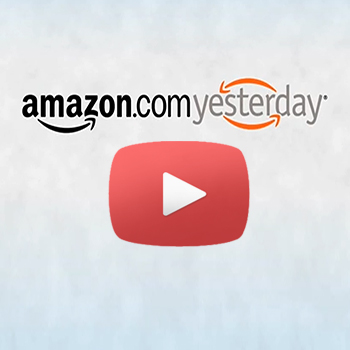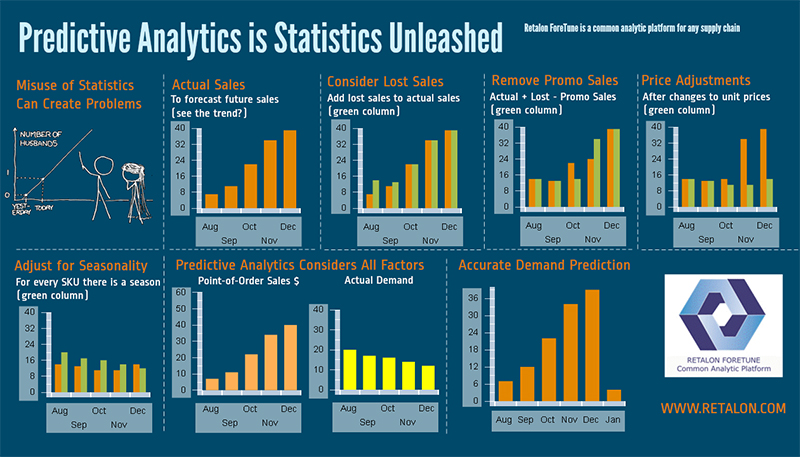We hope you are amused with the comical video that shows the extremes of implementing such ‘predictive shipping’ ideas in practice! But seriously….
Throwing Darts: A Look at Predictive Shipping
How many times have you ordered an item online, with an (unwarranted) expectation that it would be delivered the next day? The level of anxiety and frustration can be great, and it can cause a series of minute-to-minute monitoring of your UPS tracking number. These actions and feelings are of course not a sensible response to online ordering, but they nonetheless represent those of many consumers.
So if you run an online store, the question becomes “How do I satisfy this expectation when my customers aren’t purchasing next-day shipping?” And quite frankly, the answer is that you can’t under traditional thinking. You can have the most reliable order management processes, the most up-to-date physical automation tech, and even have the Ferrari pit crew working your warehouses, but you still can’t meet next day shipping! You see, once you hand your product to your carrier (UPS/FedEx), you are looking at a good 3-5 days before your customer is going to see the goods. Sounds depressing, I know, so there must be another way…
There is! But it is quite risky and scaling it would be a retailer’s nightmare. The trick to meeting next day delivery is to ship before your customer places an order. I know this is a heretical concept, and that I will now get struck by lightning but I am willing to stand by it. You need to ship before your customer places an order. Some of you may be thinking that this strategy is more ridiculous than the original customer’s unrealistic expectations, and it may be, but there are ways to make it work.
Executing this effectively requires a crystal ball, or the most advanced and representative predictive analytics algorithms on the market. In order to ship before a customer places an order, you need to know their order before they order. And actually to be more precise, you need to know their order exactly 3-5 days (parcel lead time) before they order, as they may be disinterested in the product (for example) 2 weeks before their actual urge to place an order. The other critical piece is that you can trust your customers to purchase a product upon receipt, in the case they do not order the product after you ship, but this must be assumed in this post.
So let us walk through a simple example, where this would almost certainly work in practice. Say that you observe a customer has ordered a 12-pk of energy drinks every Monday for the past two months, selecting standard 3-5 day transport. This means that he received the goods every Thursday-Saturday each week for the past two months. Given this ordering pattern, we should expect him to purchase another 12-pk on Monday. If we want him to receive the goods on Tuesday (his 1-day expectation), then we should ship his order between Thursday and Saturday. In the best case, he would place an order on Monday, receive the goods Tuesday, and think the customer service was fantastic. In the other case, he would get the goods without placing an order, but since we think he wants them, he should agree to pay upon receipt.
To pursue such a strategy, you would have to take a close look at the price of inaccurate predictions, and construct a risk/return profile across your product offerings and customer segments. Intuitively, you wouldn’t care about this service for the long tail of your portfolio (1000+ products collectively at 5% revenue), but for highly predictable products, this may be a strategy to consider.
Source: OPS Rules Management Consultants
Article topics
Email Sign Up

















